
14 Digital Marketing Solutions to Grow Your Business
14 Essential Digital Marketing Solutions to Boost Your Business Growth
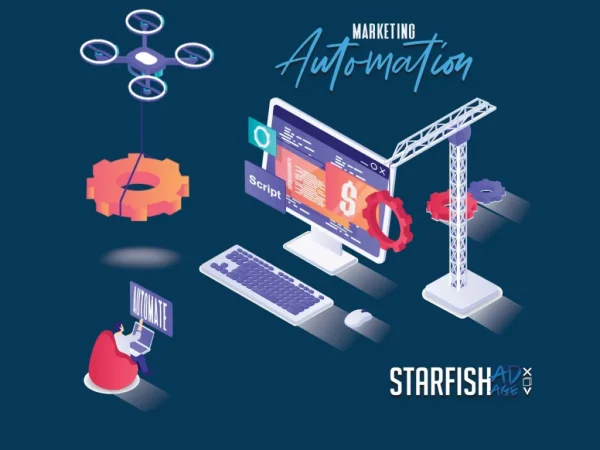
You know that digital marketing is a fast-paced, ever-changing environment full of new trends and innovations. In order to stay competitive and drive results, you need smart strategies that are automated, continuous, and consistent. The repetitive nature of digital marketing means you should be able to link all your online activities back to one strategy to keep everything aligned. After all, it’s just as much a part of your business as the sales team or your bookkeeping team (if you have one). So how do you create an automated marketing strategy so it’s not such a time-consuming task? Let’s take a look at some ways to automate your marketing strategy for better results.
Before you dive into automation, it’s important to understand your current performance and identify areas for improvement. By reviewing your marketing metrics, you can pinpoint the areas of your marketing strategy that need a boost. For example, if you notice that many of your leads aren’t converting into customers, you may need to look into strengthening your lead generation efforts. If you’re having trouble getting enough leads, to begin with, you may want to consider investing in paid advertising. By reviewing your metrics and identifying areas for improvement, you’ll be able to create a marketing automation plan that works for your specific campaign.
Once you’ve reviewed your performance, it’s time to create a marketing automation plan. Think of this like building an outline for your marketing strategy. Start by outlining the goals of your marketing campaign, such as increasing revenue or growing your email list. When you’ve identified your goals, think about the actions you need to take to achieve those goals. For example, if one of your goals is to drive more traffic to your website, you may need to create blog content, publish social media posts, or send emails to your subscribers. Next, link those actions back to your goals by outlining how each action will lead to the desired result. For example, blogging consistently will help you to increase website traffic because posts will generate organic search engine results and drive more people to your site, leading to more conversions. With all of your goals and actions listed, you’ll have a clear outline of all the tasks you need to complete for your marketing campaign.
Now that you’ve created a marketing automation plan, it’s time to start streamlining your workflow. In an ideal world, you’d be able to work on your marketing campaign while sitting on the beach drinking coconut water. Unfortunately, that’s not how real life works. Marketing is a time-consuming task that isn’t going to go away. Instead of trying to tackle every aspect of your marketing campaign, use automation tools to help you save time and focus on the tasks only you can do. For example, if you regularly publish blog posts on your website and want to link them to other social media accounts, you can use a social media automation tool to publish your posts across multiple platforms with a single click. Sometimes, you need more than just links to different accounts. Other times, you need to send emails to your subscribers on a regular basis without having to manually write and schedule content each time. Use automation tools like email marketing tools and CRM software to save time and focus on other important tasks without sacrificing quality or consistency.
Now that you’ve streamlined your workflow and completed your marketing automation plan, it’s time to start automating your lead nurture process. A big part of your marketing strategy should be nurturing leads until they’re ready to buy. Unfortunately, manually contacting leads and following a script can sometimes feel fake and put people off, which is the last thing you want. Instead of doing everything manually, use a lead nurturing automation tool to send qualified leads emails that are specific to their needs. For example, if you notice that someone has been visiting your website but hasn’t converted, you can send them an email tailored to their interests and send them to a specific landing page that will help to convert them faster.
You might be wondering whether you should automate your ad campaigns or leave them as manual processes that you can control and change as needed. While it’s true that you should keep some things as manual processes, other activities like ad campaign processes are better off being automated. For example, if you’re running a paid advertising campaign and targeting specific groups of people, you may want to look into using a CRM tool that links your ad campaigns to your marketing automation plan. That way, you can track your progress and tweak your campaigns as needed without having to manually enter everything into a separate system. Additionally, you can use automated rules to make sure your ads are compliant with your ad platform’s terms and conditions.
Automating your marketing strategy will help you to streamline your workflow and save time. It’s important to understand your current performance and identify areas for improvement before you dive into automation. Once you’ve created a marketing automation plan, it’s time to start streamlining your workflow. Use automation tools to save time and focus on other important tasks without sacrificing quality or consistency. Next, automate your lead nurture process to send customer-ready leads emails that are specific to their needs. Finally, automate your ad campaign processes to link your ad campaigns to your marketing automation plan and track your progress while avoiding manual errors.

14 Essential Digital Marketing Solutions to Boost Your Business Growth
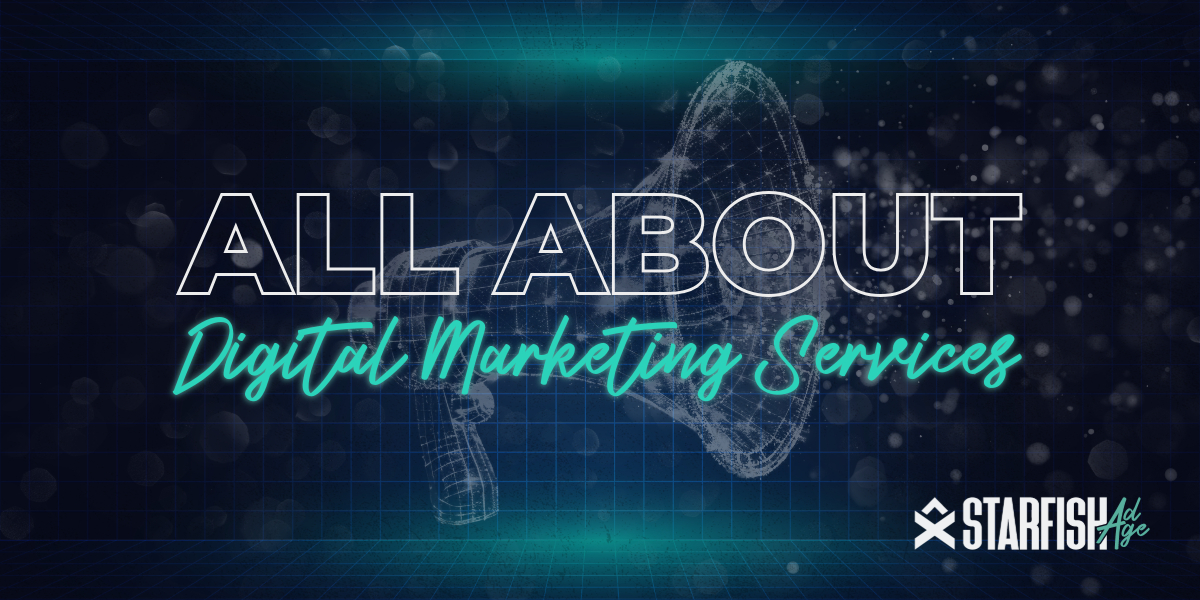
Learn about SEO, PPC, social media marketing, content marketing, and more to drive traffic and conversions. Read now!
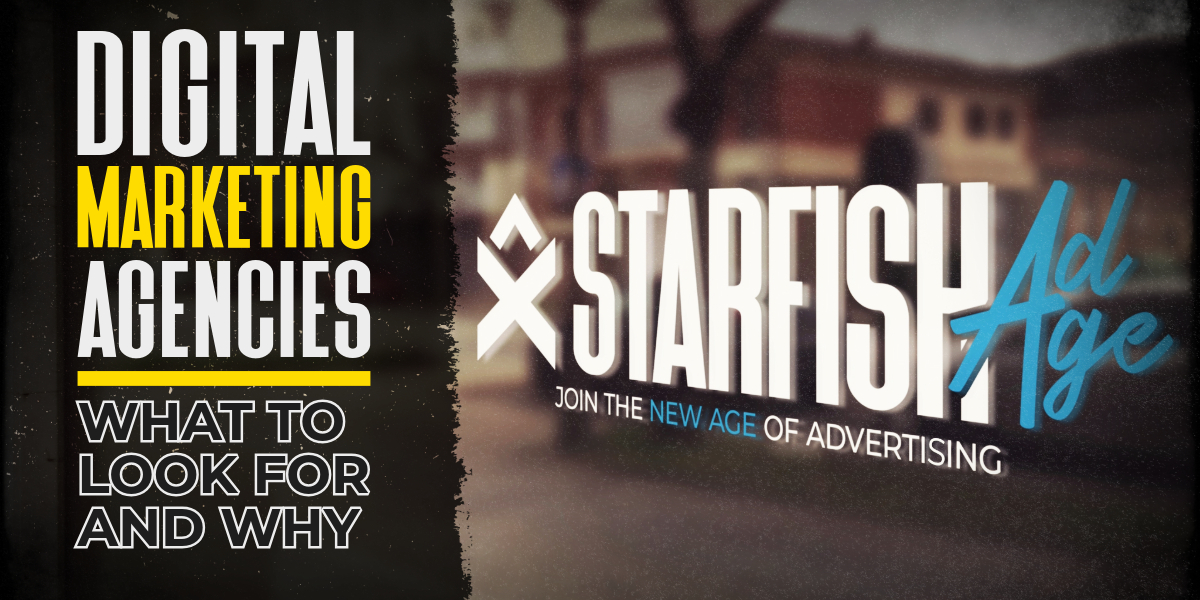
Learn how to select the best digital marketing agency for your small business, the benefits of hiring an agency, and tips for maximizing your online presence.
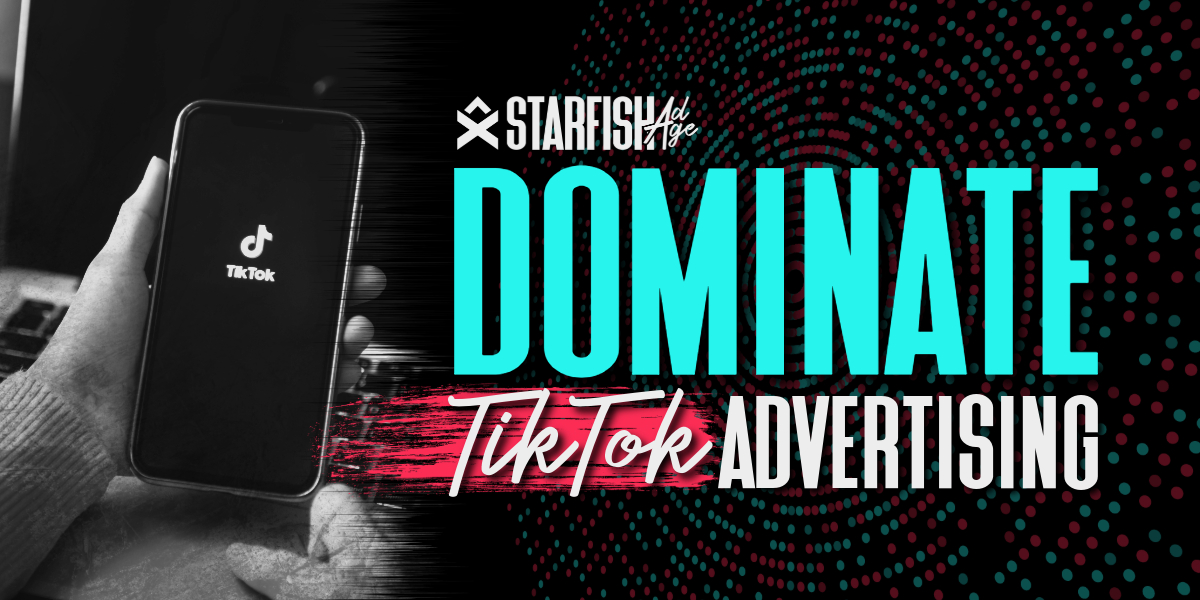
Learn how to leverage TikTok advertising, ad formats, targeting options, and best practices to increase brand awareness, and drive sales.
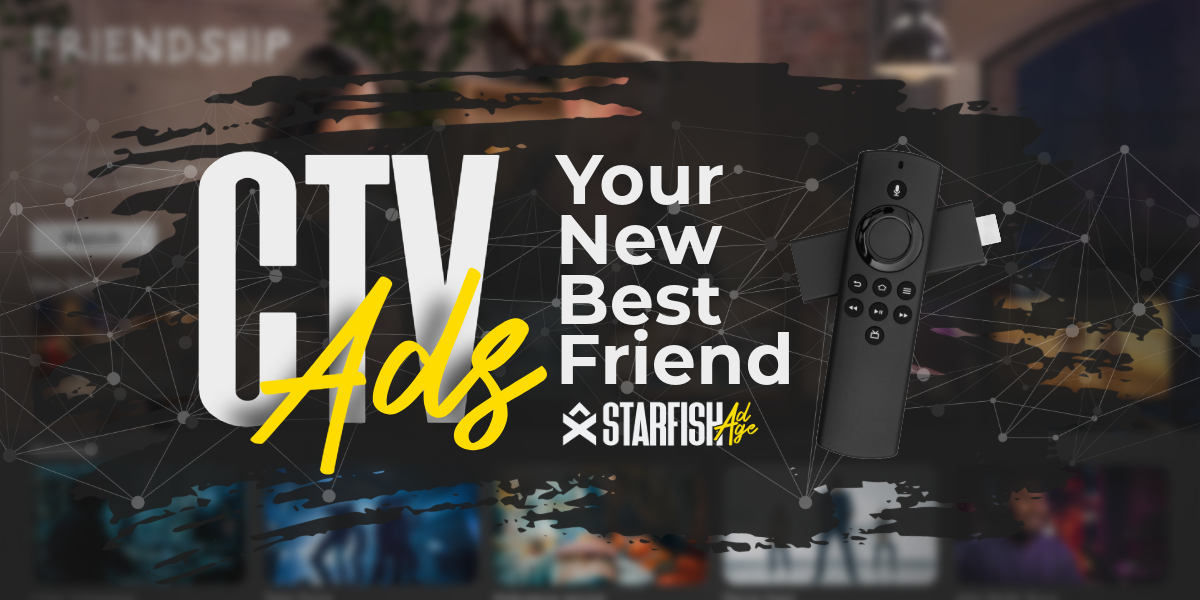
Learn about Connected TV (CTV) ads, their benefits, and how they work. Understand programmatic CTV advertising for effective digital marketing campaigns.
All Rights Reserved | Starfish Ad Age LLC | 2023 | Privacy Policy